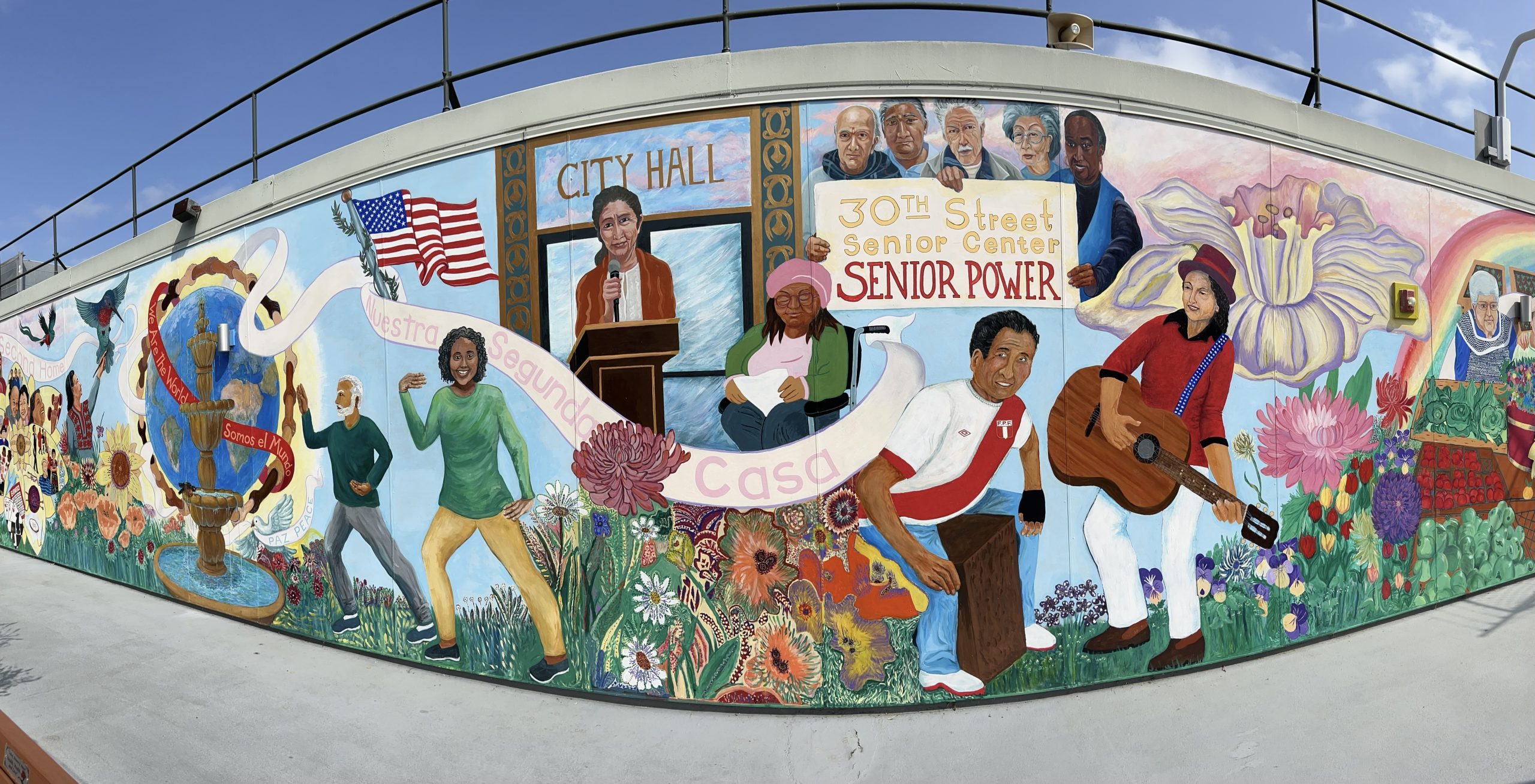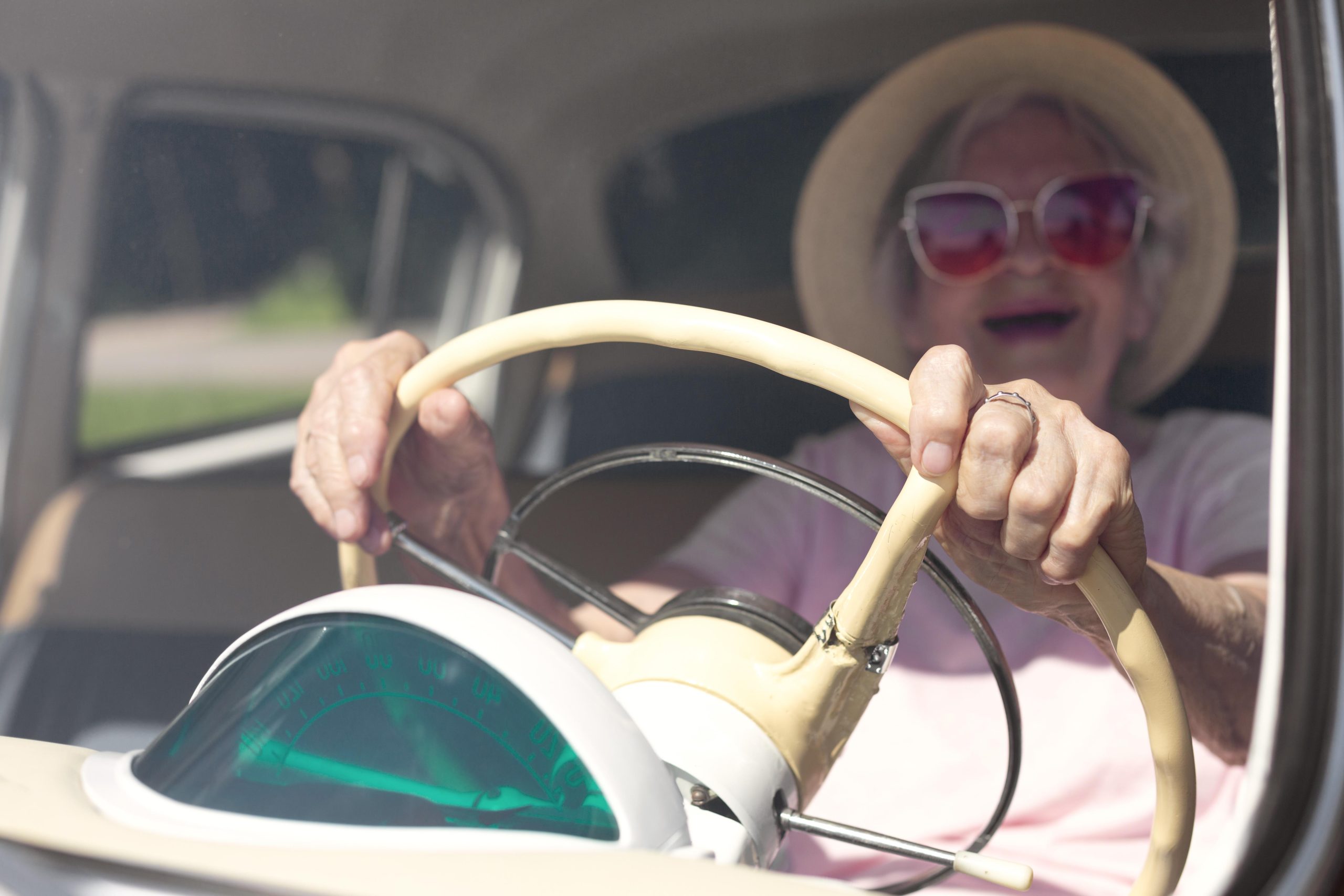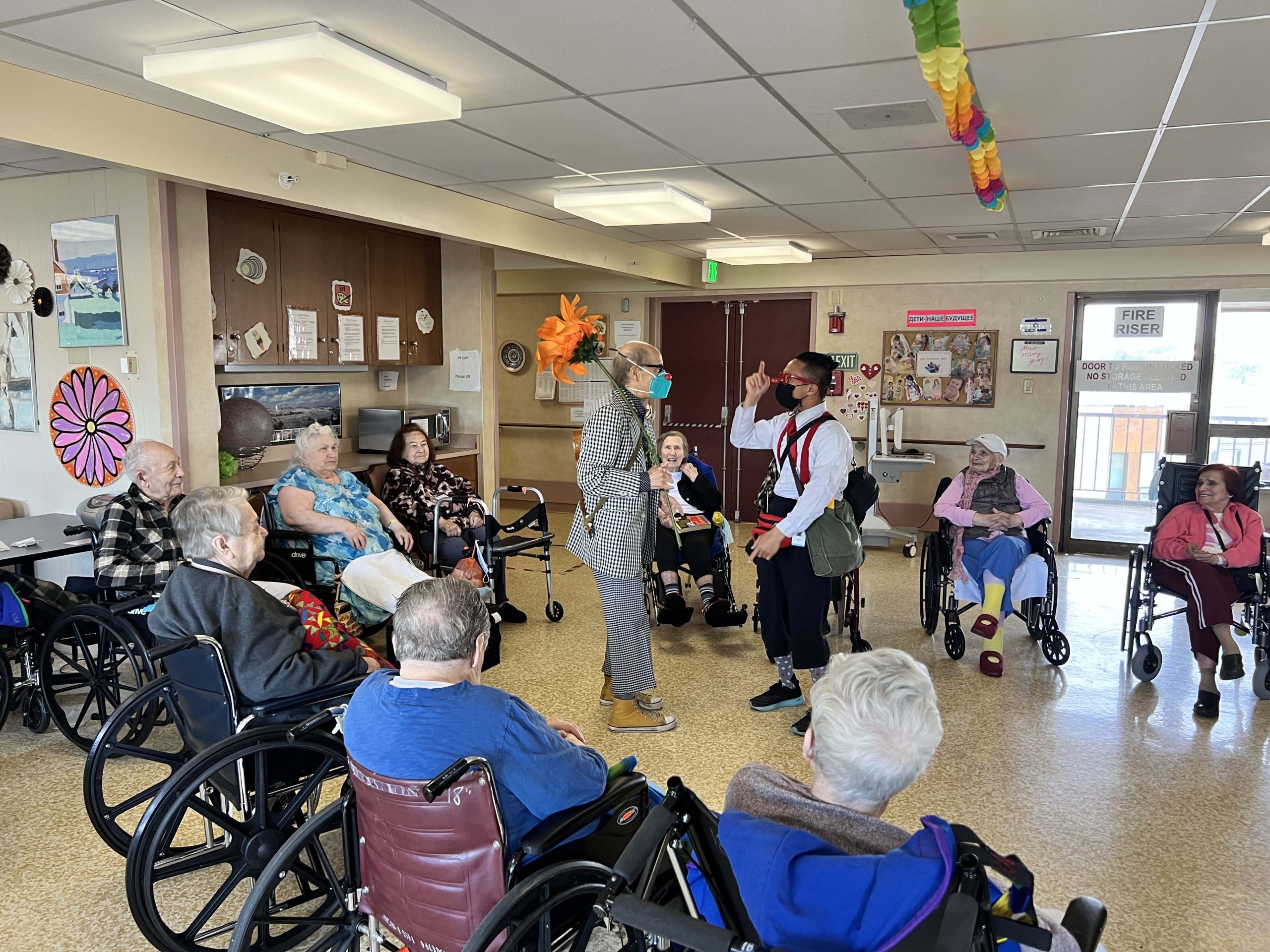Longtime Laguna Honda Hospital residents hang on under cloud of relocation from their longtime home and safe haven
When forty-five-year-old Felipe Martinez suffered a massive stroke that left him unable to stand, walk, swallow or handle any of the activities of daily living, the one thing he was certain of was that Laguna Honda Hospital and Rehabilitation Center wasn’t for him.
“That’s for the elderly, that’s not me,” he thought at the time.
Now in his early 60s and after 17 years of intensive physical therapy as a resident patient there, he’s regained some of those skills and his feelings about the hospital have changed. “I don’t know what I will do if they close Laguna Honda down.”
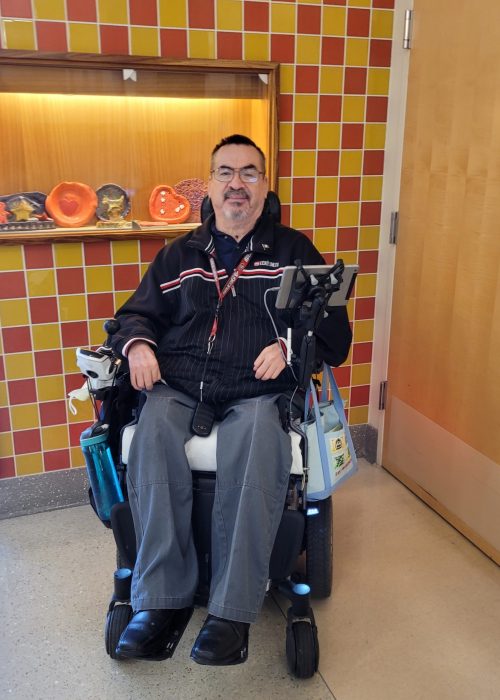
His worry is well-founded. Last Spring, under pressure from federal regulators, Laguna Honda was forced to begin transferring patients to other facilities. At the time, the only available skilled nursing home beds were in Modesto or Watsonville, far from Martinez’s family. “I’m scared. My family lives in San Francisco; they couldn’t visit me. I’d be very lonely.”
(After pleas from the city, the transfers were halted until February at the earliest.)
Meanwhile, Martinez is doing the best he can while the cloud of relocation hangs over him and the other residents.
An outgoing person, he enjoys visiting with friends he’s made on the various units, although he misses some of the activities he enjoyed before the pandemic. The COVID-19 emergency forced the staff to close hospital-wide activities like field trips, bingo games, use of the physical therapy pool and weekly Mass. Some of those activities have been moved to the patient units, but it’s not the same, patients say.
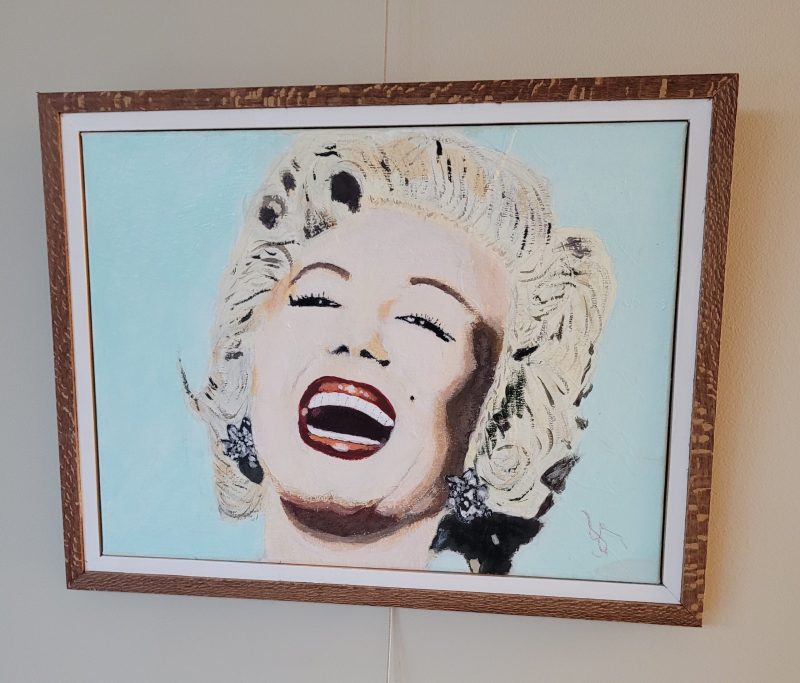
The popular art classes offered by Art with Elders, an outside nonprofit agency, have returned. Two works by Martinez – one of his hometown in Mexico and a more fanciful one of a tree full of wild goats – will be on display at the AWE exhibit on the first-floor galleries at City Hall from Feb. 2 through Aug. 25. His earlier portrait of Marilyn Monroe still hangs in the hospital.
In the interim, Martinez found other activities to occupy his time. A native Spanish speaker, he takes online English classes from City College of San Francisco and online computer classes from the San Francisco Community Living Campaign. When the weather is good, he visits the animals at the Laguna Honda farm, an oasis behind the main building that includes a flower and vegetable garden, a greenhouse, and a corral replete with a few goats, pigs, and chickens.
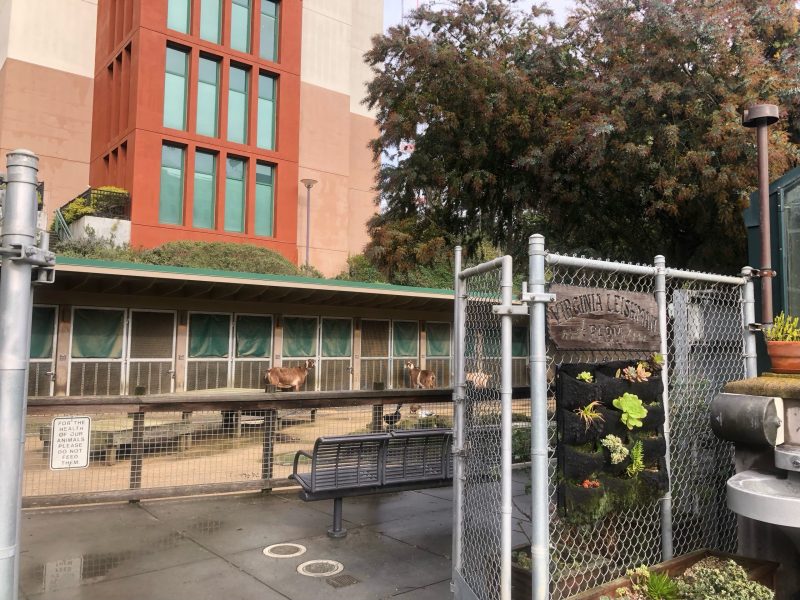
During his years at the hospital, he’s become proficient in arranging paratransit rides and taking Muni to Stonestown, where he joins his family for meals. But he is still dependent on others for daily care and doesn’t believe he could live on his own. And he worries what the future may hold. Will he be transferred outside the city to some less well-equipped and staffed facility where he is unknown and distant from his family?
Biggest of its kind
Laguna Honda Hospital and Rehabilitation Center has been a fixture in San Francisco since its founding in 1866 as an almshouse for the city’s old and frail elderly. In 2010, after voters approved a bond measure to rebuild the aging hospital, a new, adjacent, 782-bed facility was constructed, making Laguna Honda the largest skilled nursing facility in California and one of the largest in the country.
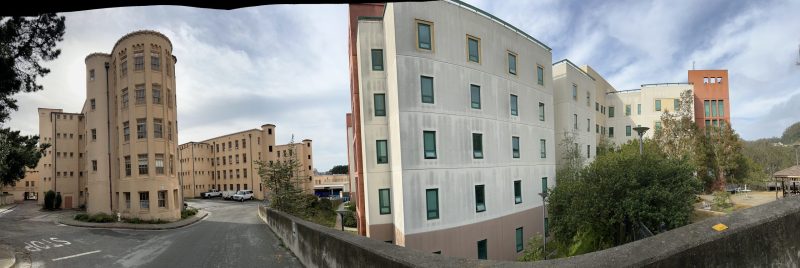
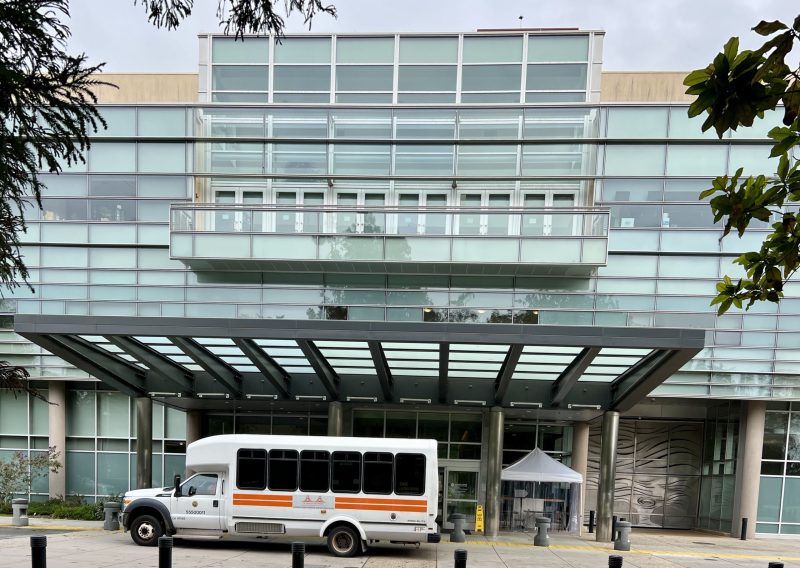
Then, in April 2022, the federal Centers for Medicare and Medicaid Services, the government agency that determines the hospital’s eligibility for federal funding – 75 percent of its budget – notified the hospital that it was out of compliance and must close.
Seventy-one-year-old Paul Hendrickson has been a resident of Laguna Honda Hospital for the past 22 years. He was placed in the hospital after a series of disabling strokes necessitated 24-hour care.
Born missing four fingers on his left hand, Hendrickson spent his youth “trying to hide the real, the vulnerable Paul.” The subterfuge didn’t work, and it led to mental health problems and frequent institutionalizations. Finally, at age 29, tired of being an object of pity and afraid he would embarrass his family, he hitchhiked to San Francisco, as far from his Boston home as the road would take him.
Then, in his late 40s, after several minor heart attacks, he suffered a stroke that left him reliant on a wheelchair and with double vision and constant tremors in his “good” right hand. Unable to feed himself and handle other daily tasks, Hendrickson was referred to Laguna Honda Hospital, where he found the care he needed. “I love this place; it’s been good to me,” he wrote in his blog.
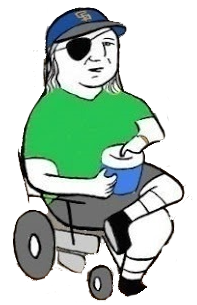
Before entering the hospital, Hendrickson had been exploring Catholic theology and Maslow’s theory of self-actualization. At one point he considered studying to become a Jesuit priest. Still on a philosophical search, he shares his insights and observations on his blog. He has become a prolific blogger, using a look-a-like avatar a friend drew for him.
His lack of dexterity makes drawing and using a keyboard difficult, but he discovered that by bracing his right arm with his “bad” left hand, he could quiet the constant tremors in his right hand.
He also uses his time in Laguna Honda to help other patients. He was president of the Resident Council from 2004 to 2008, a difficult period as the hospital was trying to integrate younger, mentally ill, or substance-abusing patients with the frail elderly. He participates in the stroke support group and is a member of the long-term patient council.
He has ideas to improve conditions for other patients.
“A lot of people come in here frustrated,” he said. “They were living a regular life and suddenly that’s over. Their life has made a 180-degree turn, and there are new rules to learn. We need someone to introduce them to what’s available and to accompany them to activities until they’re comfortable going on their own.
Newbies need help
“We need ‘go to’ people,” he wrote in an illustrated blog post. “People who know what this place offers and can help newbies adjust to life in Laguna Honda and eventually in the world outside the hospital. Someone who has your back.”
While the hospital strives to orient new patients, it has never during his time in the facility offered what could be called a ‘big brother’ or mentorship type program, Hendrickson said.
Hendrickson admits it might be difficult to do so now: The pandemic seriously reduced the hospital’s activity schedule. “So many programs the hospital once provided have not resumed, like the writing and computer classes, the library and bookmobile, and even bingo,” he said. “The only activity is watching TV.”
Limited though the options may be, that doesn’t stop Hendrickson. He makes connections and friends throughout the hospital. He talks with hospice volunteers from the Zen Center who spend evenings in the Palliative Care Unit where he lives. When Art with Elders is in the hospital, he stops by to visit the director, Mark Campbell, who has become his friend.
Hendrickson has found acceptance at Laguna Honda, but he is well aware that he is living in a “special place,” and that his future and that of every resident are precarious.
Once a model facility
When the new 782-bed hospital opened in 1926, it received immediate acclaim. The New York Times celebrated its architecture and fixtures as “a shining example not only of what is possible but what should be required” in long-term care.
There have been missteps and scandals along the way: Patients have been hurt and staff fired. But the hospital’s strategies for keeping COVID-19 in check were clearly more successful than those in other such facilities across the globe that suffered high patient losses.
Laguna Honda took immediate aggressive steps to impose a quarantine and bring in assistance from the federal Centers for Disease Control. Though deaths at Laguna Honda have increased since those early days, the hospital still manages to keep most of its patients and staff free from infection.
Nonetheless, the Centers for Medicare and Medicaid Services found problems at Laguna Honda in April 2022. Citing “multiple safety concerns,” including finding drug paraphernalia on site and a failure to adhere to hygiene measures, CMS withdrew certification, the license that allows the hospital to receive the federal funds that enable it to operate.
Earlier problems had raised warning flags. In 2019, 23 patients at the hospital endured systemic abuse at the hands of six hospital employees, according to the Department of Public Health. The abuse led to a top-level shakeup, which included the resignation of the hospital’s chief administrator and the reassignment of its chief of quality management.
The threatened closure of Laguna Honda and the loss of 782 beds in a city that already struggles to serve its elders has inspired advocacy on many levels, from public meetings called by the Gray Panthers of San Francisco to hearings and lawsuits brought by the city’s Board of Supervisors and other bodies. The old buildings are now largely used as administrative offices and no longer house patients.
Baby or the bathwater
Required to immediately address the CMS-identified failures and to develop discharge plans for all residents, the hospital transferred 56 residents: Nine of them died within days of the transition, in contrast to the hospital’s average of about seven deaths a month over the last 15 months, according to the San Francisco Department of Public Health.
In response to these deaths, CMS agreed to pause all transfers and discharges until February 2, when – depending on the hospital’s progress in addressing the agency’s complaints – discharges and transfers may be paused again or re-started. The federal agency also agreed to continue its financial support through November 2023.
Although recent events have raised hopes that the hospital will remain open, Hendrickson and other patients are still apprehensive. There’s no guarantee the drastic measures feared by patients and hospital advocates won’t be reinstated. When the outlook was at its most dire, Hendrickson wrote a public letter on his blog in June begging “the powers that be” to solve the problems and keep the hospital open.
“Recently, we have been told other arrangements are being made for the residents/patients … as our funding has been terminated and the powers-that-be are closing down the hospital. This news has horrified many people, residents/patients, and the staff alike. Many of us were blindsided by this. It’s like having the rug pulled out from under us
“Please find a different way to fix the problems you’re finding that is much less dramatic and traumatic,” he urged. “A lot of good things take place at LHH. Don’t throw out the baby with the bathwater.”



